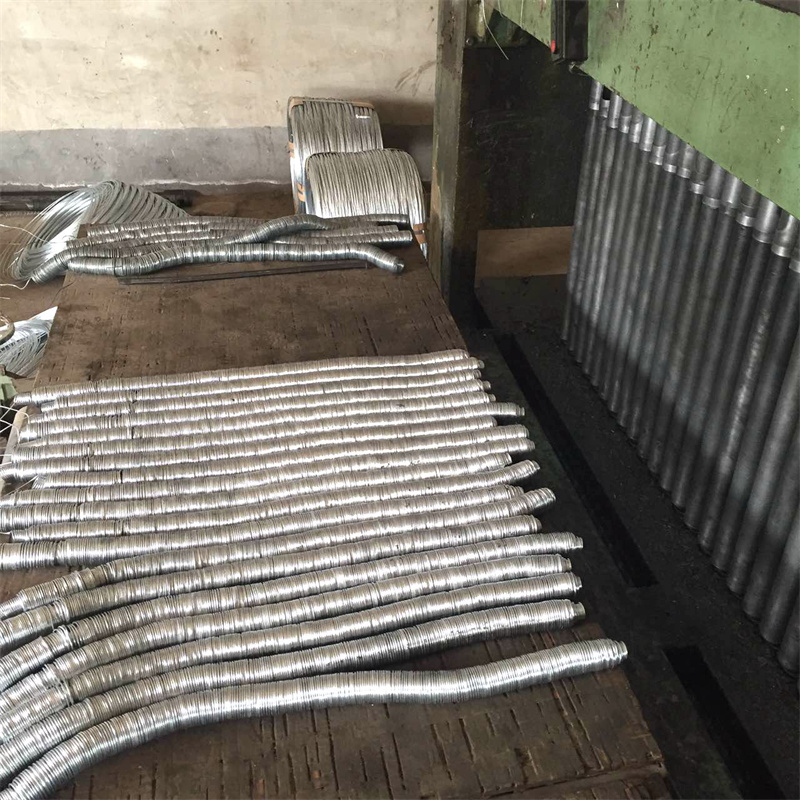Nov . 21, 2024 22:22 Back to list
build your own gabion wall manufacturers
Building Your Own Gabion Wall A Comprehensive Guide
Gabion walls have become increasingly popular in landscaping and construction due to their practicality, aesthetic appeal, and eco-friendliness. A gabion wall is essentially a structure made from wire mesh containers (gabions) filled with stones, rocks, or other materials. These walls are versatile and can be used for various applications, such as retaining walls, erosion control, and decorative landscaping. If you’re considering building your own gabion wall, this article will guide you through the process and highlight key considerations.
Why Choose Gabion Walls?
Before diving into the construction, it’s essential to understand the advantages of gabion walls
1. Durability Made from robust materials, gabion walls withstand harsh weather conditions and are resistant to corrosion. 2. Drainage The gaps in the mesh allow water to flow through, reducing hydrostatic pressure behind the wall and minimizing the risk of failure. 3. Aesthetics Gabion walls can be customized with different types of stones, allowing for creative designs that blend seamlessly with the natural environment. 4. Eco-Friendly Using natural materials decreases the environmental impact compared to traditional concrete walls.
Designing Your Gabion Wall
The first step in building a gabion wall is planning your design
. Consider the following elements- Location Identify the area where the wall will be constructed, ensuring it serves its intended purpose, like retaining soil or controlling erosion. - Dimensions Measure the height, length, and width of your wall. Gabion walls should generally be at least three feet wide for stability. - Materials Choose the type of wire mesh and fill material. Galvanized steel wire is commonly used due to its strength and resistance to rust, while local stones can be an attractive fill option.
Gathering Materials and Tools
build your own gabion wall manufacturers

To build your gabion wall, you’ll need
- Gabion Baskets These can either be purchased pre-fabricated or made on-site using wire mesh. - Fill Material Choose natural stones, concrete rubble, or even recycled materials. - Tools Gloves, wire cutters, a hammer, and a level for ensuring your wall is straight and even.
Constructing the Gabion Wall
1. Prepare the Site Clear the area of vegetation, rocks, and debris. Ensure the ground is level and compacted for a stable foundation. 2. Position the Gabion Baskets Lay out the baskets in your desired pattern. You can choose to stack them or lay them side by side, depending on the design. 3. Fill the Baskets Begin filling the gabion baskets with your chosen material, starting from the back and working towards the front. This method ensures even distribution of weight. 4. Secure the Baskets Once filled, fold over the top flaps of the wire mesh and secure them with wire to prevent spillage and maintain the structure’s integrity. 5. Add Additional Layers If your design includes stacking, repeat the process for additional layers, ensuring each layer is level before proceeding.
Maintenance and Considerations
While gabion walls are low-maintenance, occasional checks are beneficial. Examine the wall periodically for any displacement of stones or corrosion of the mesh. If any issues are found, address them promptly to maintain the structure's stability.
Conclusion
Building your own gabion wall is a rewarding project that adds both functionality and beauty to your outdoor space. By taking the time to plan your design, gather materials, and follow the construction steps carefully, you can create a sturdy and visually appealing wall. Not only will it enhance your landscape, but it will also provide a sustainable solution to various environmental challenges, including soil erosion and water runoff. Whether you’re undertaking this project alone or enlisting the help of professionals, a well-constructed gabion wall is sure to stand the test of time.
-
Visualizing Gabion 3D Integration in Urban Landscapes with Rendering
NewsJul.23,2025
-
The Design and Sustainability of Gabion Wire Mesh Panels
NewsJul.23,2025
-
The Acoustic Performance of Gabion Sound Barriers in Urban Environments
NewsJul.23,2025
-
Mastering the Installation of Galvanized Gabion Structures
NewsJul.23,2025
-
Gabion Boxes: Pioneering Sustainable Infrastructure Across the Globe
NewsJul.23,2025
-
Custom PVC Coated Gabion Boxes for Aesthetic Excellence
NewsJul.23,2025
-
Installation Tips for Gabion Wire Baskets in Erosion Control Projects
NewsJul.21,2025






